A barred owl, hit by car, came in Monday morning, and his wing faced backward but wasn’t an open fracture. I knew this was a “euthanasia fracture” but wanted to see just how bad the damage was—call it morbid curiosity. An x-ray revealed that the bones were completely separated at the joint—it wasn’t dislocated, the fracture was literally right in the joint.
Then, Saturday, a lady brought a crow to LWR. Based on her description, I suspected West Nile virus in its advanced stages. When he arrived, my suspicions were confirmed. He was rail thin, couldn’t stand at all, and was too weak to even keep his eyes open for long. I started a thin slurry every few hours to see if he’d rally, and he seemed more alert at bedtime but it was too little, too late. He was dead this morning.
And rounding out the week, this juvie mourning dove was taken from a cat this morning. He has a couple of small puncture wounds on his right wing and is missing the vast majority of his tail feathers but has no life-threatening injuries. Because cat saliva is toxic to wildlife, however, he’s been started on antibiotics. He arrived at LWR hours after he was attacked and got his first dose of meds immediately after an intake exam, so he should be good to go in a couple of weeks.
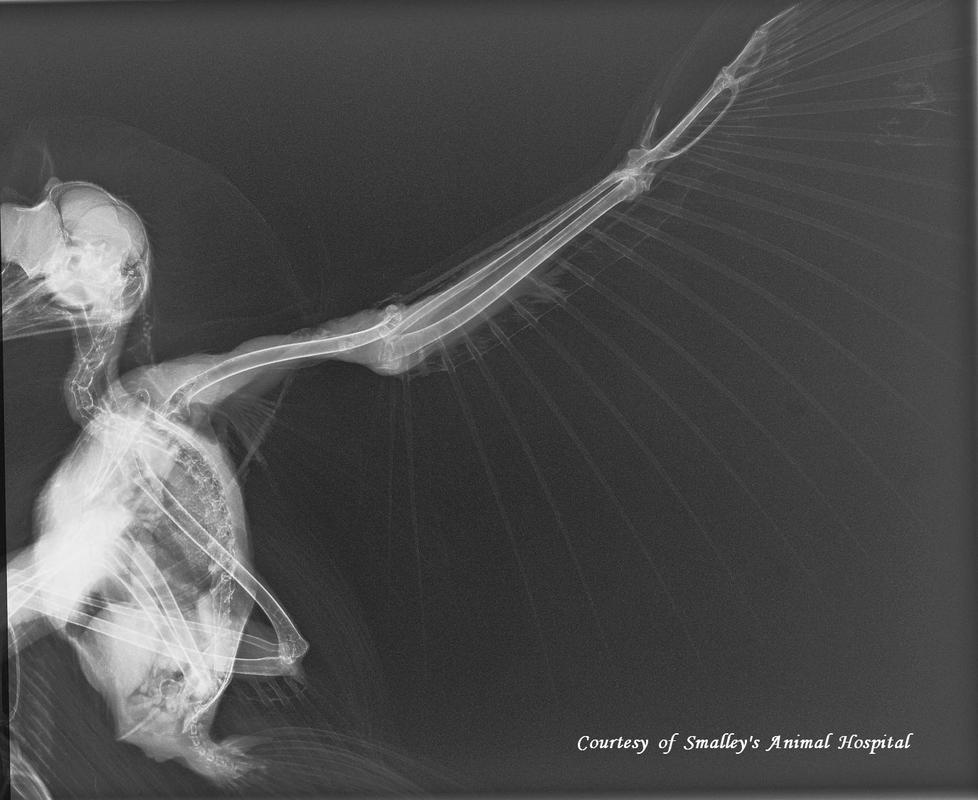
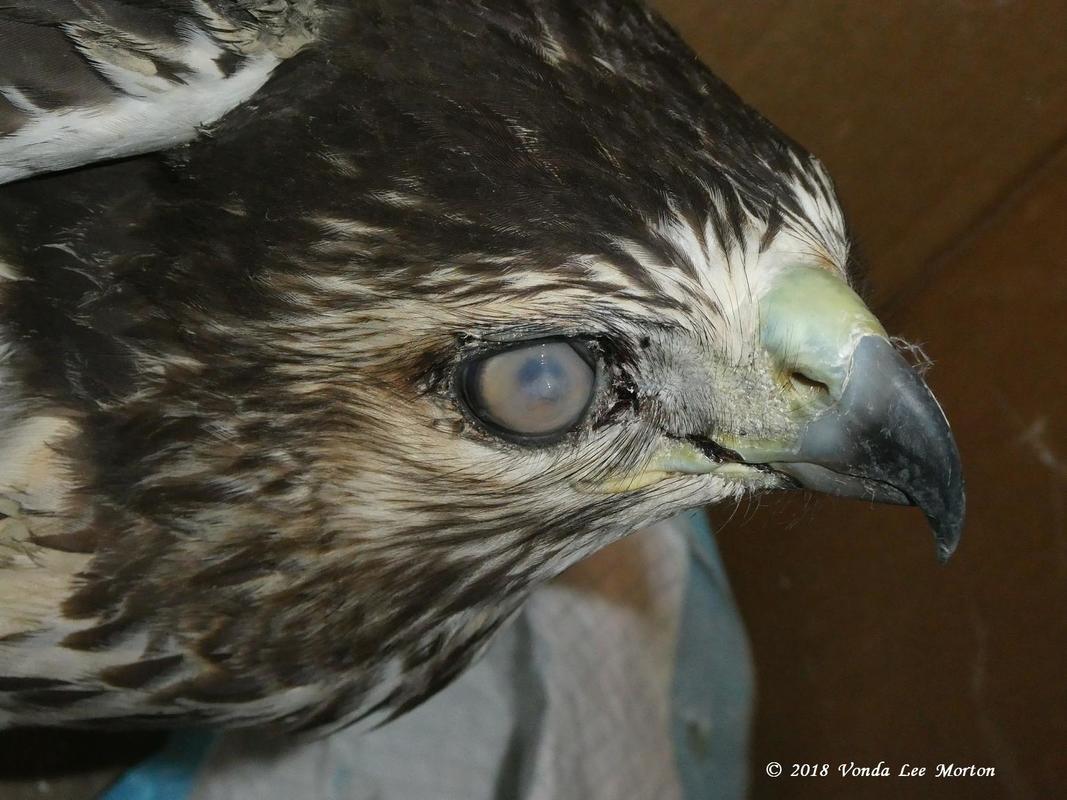
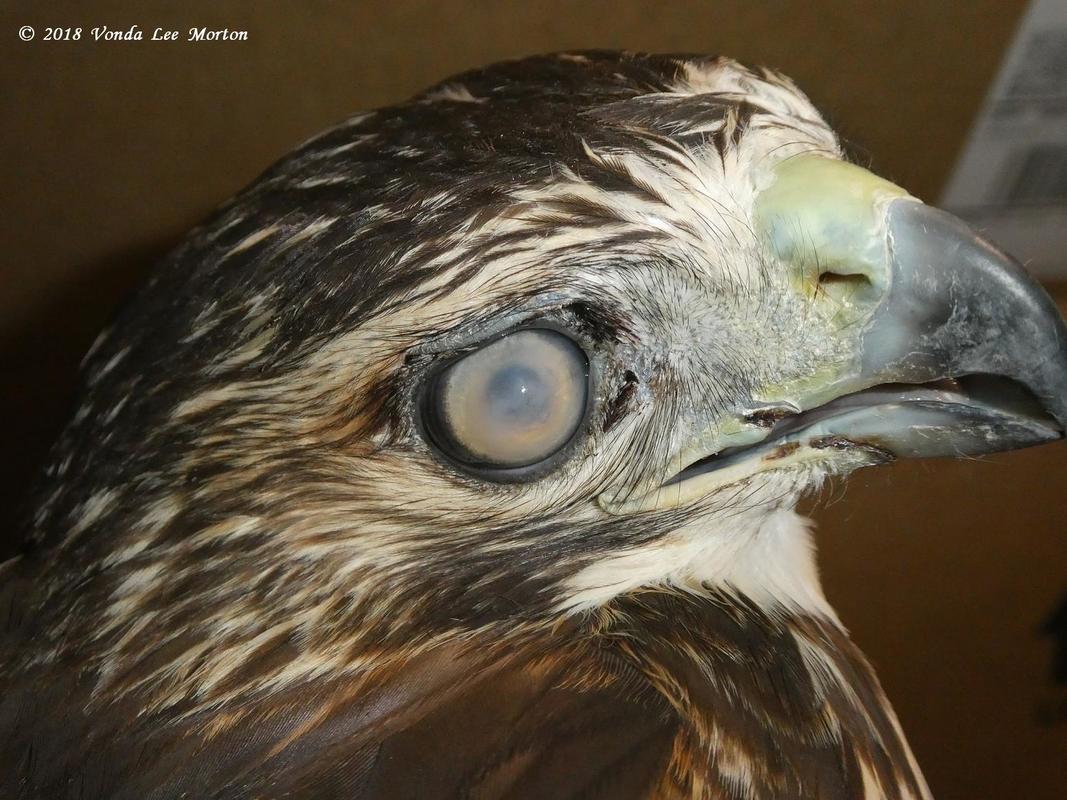
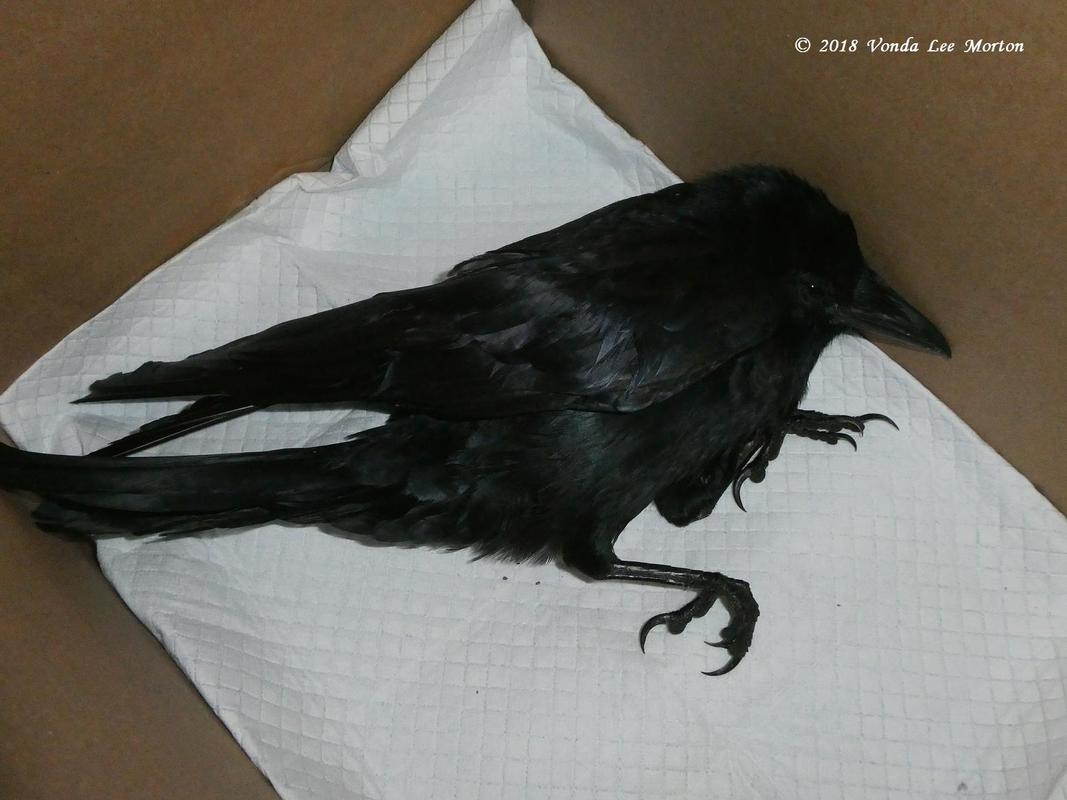
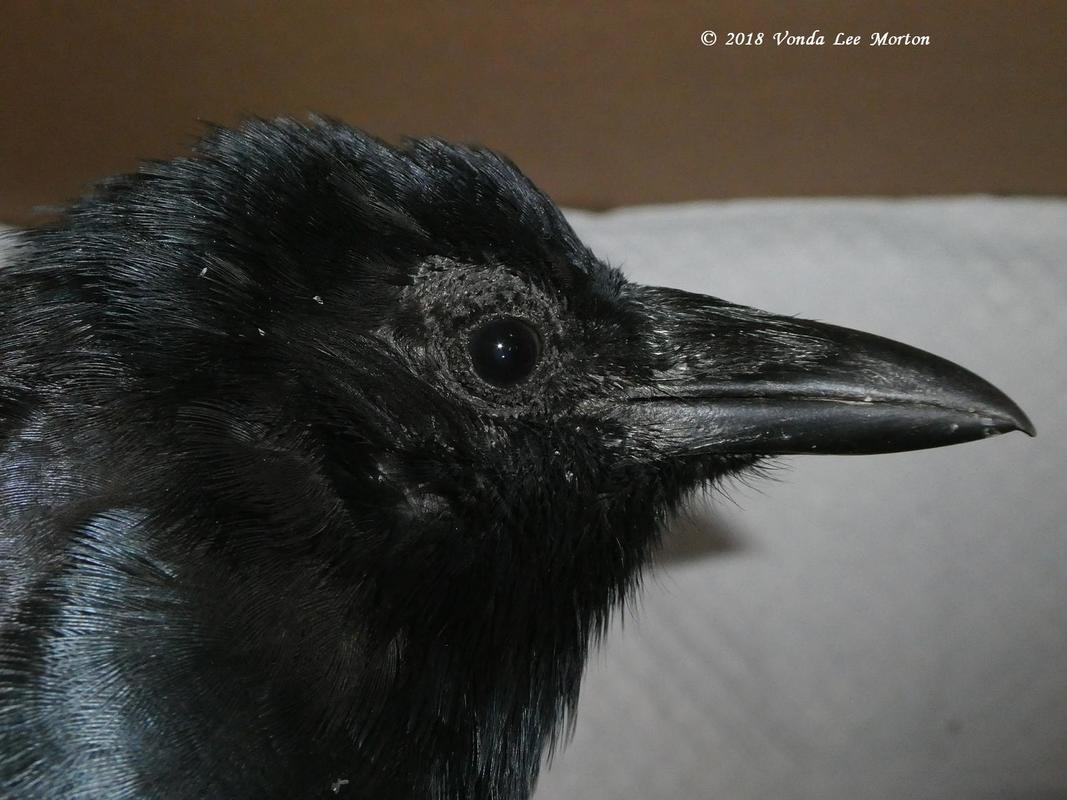
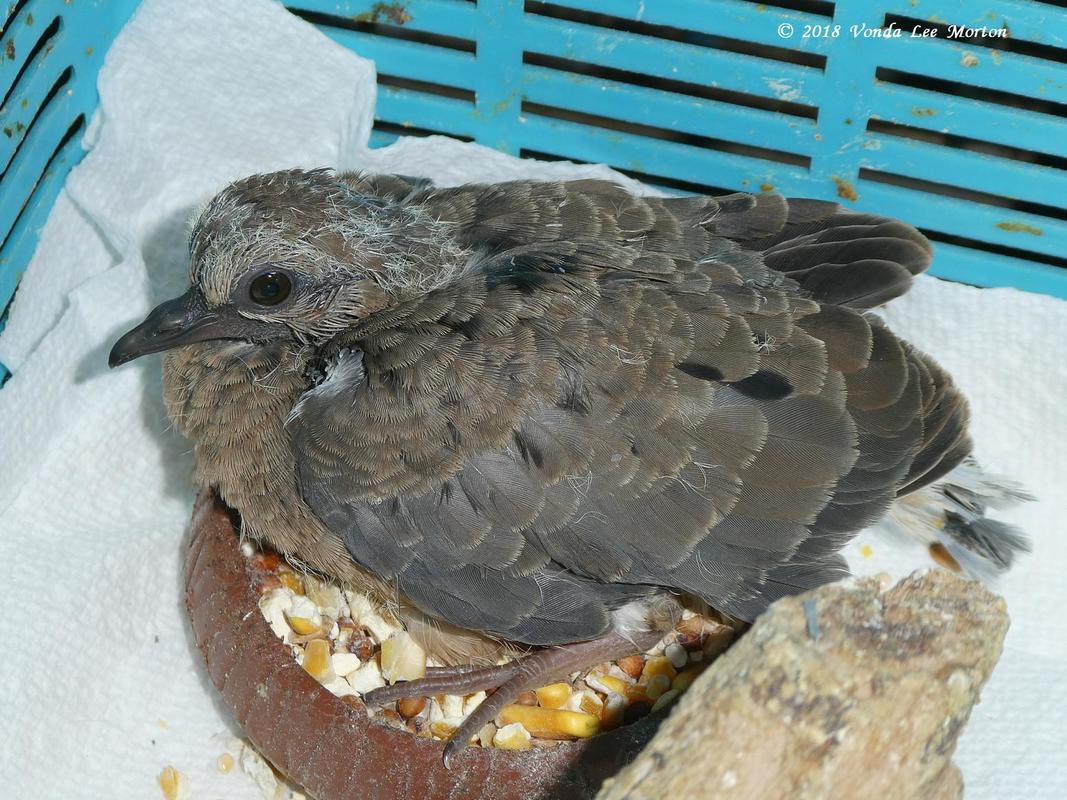
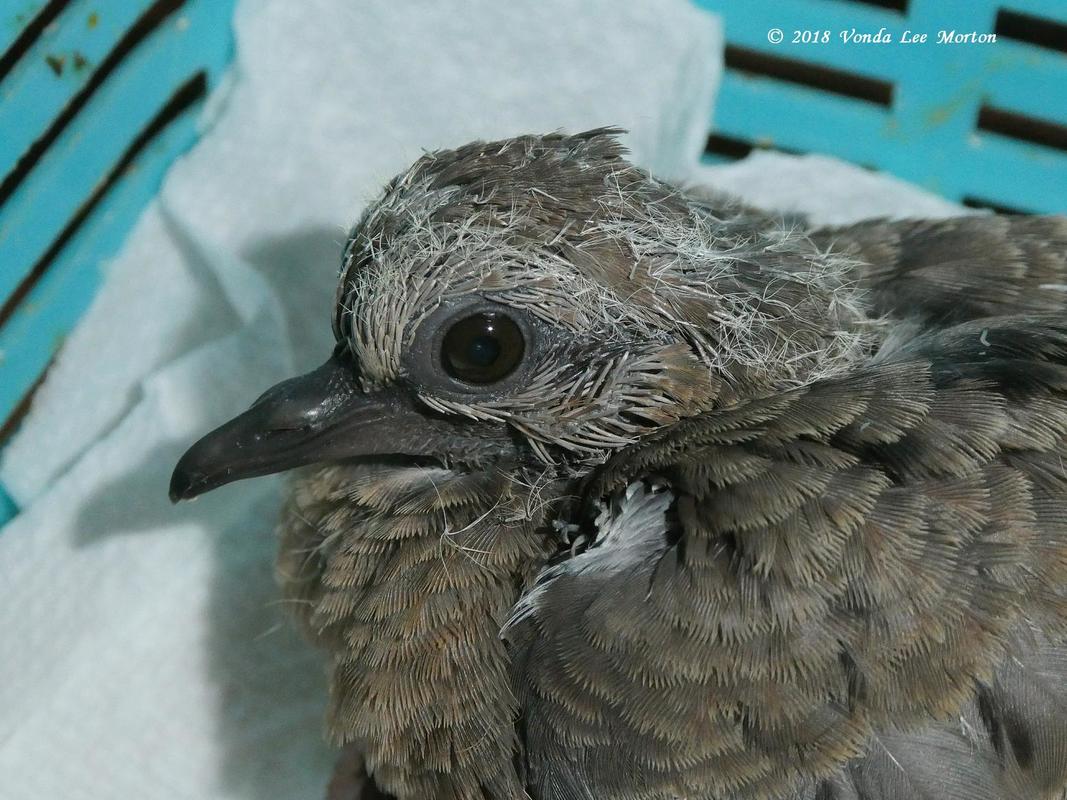
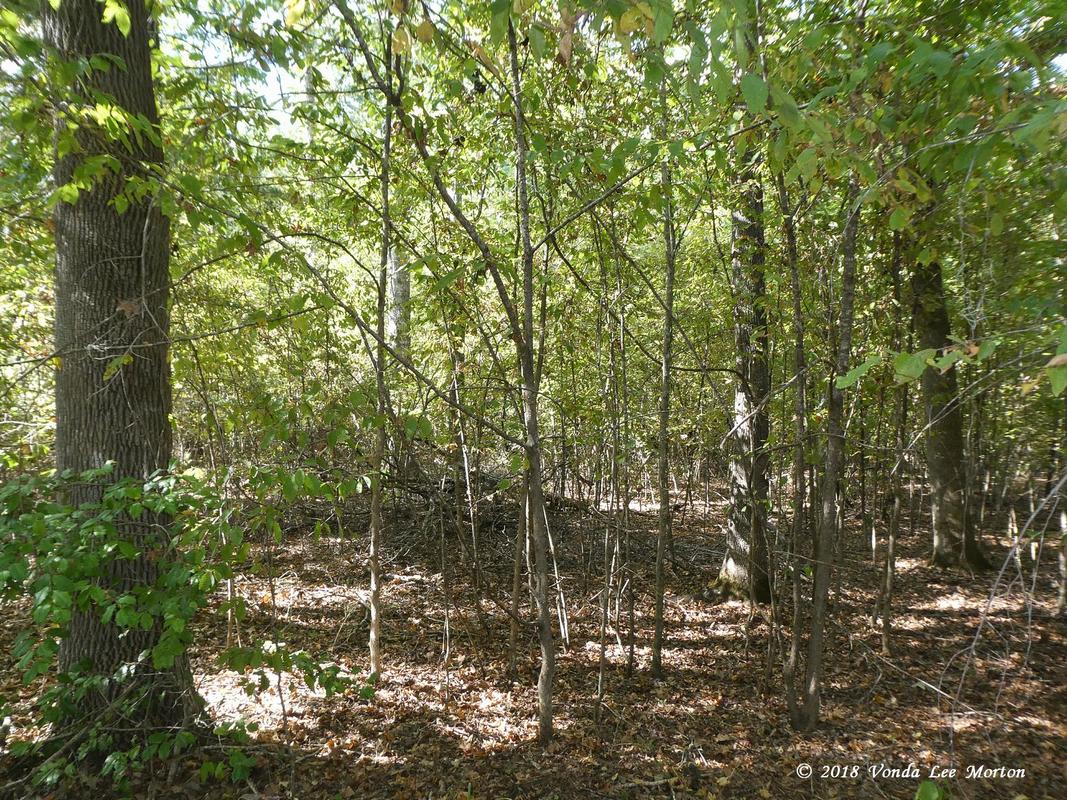

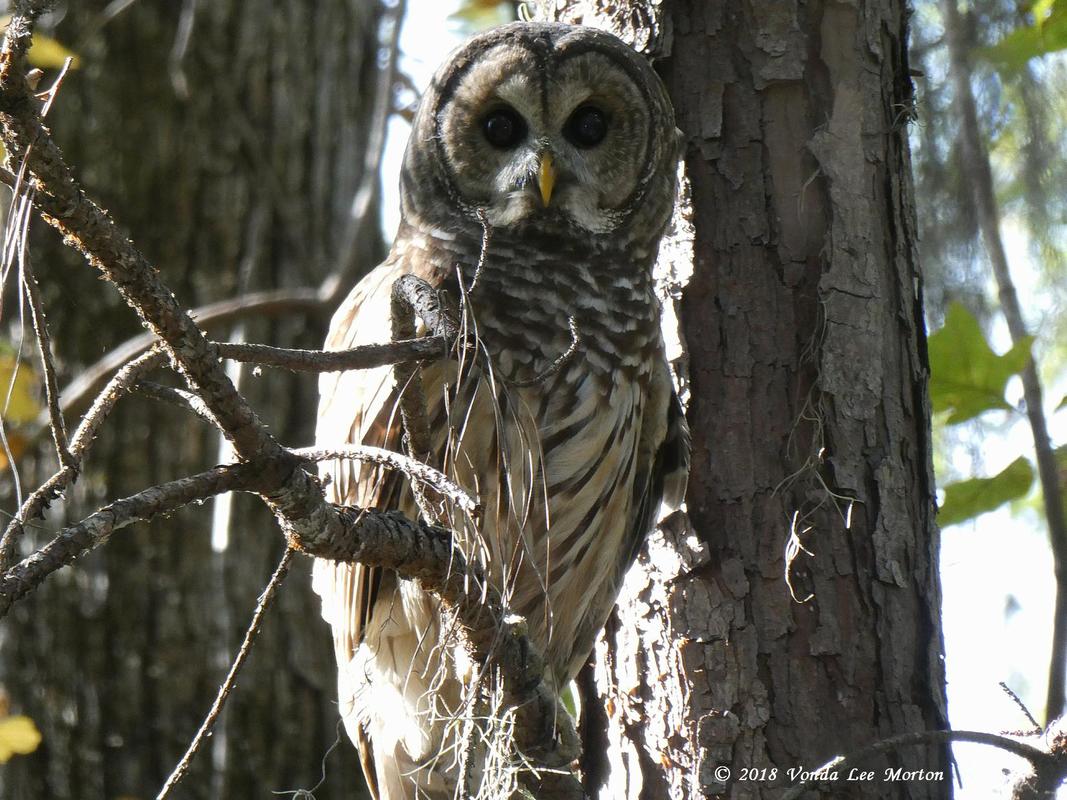
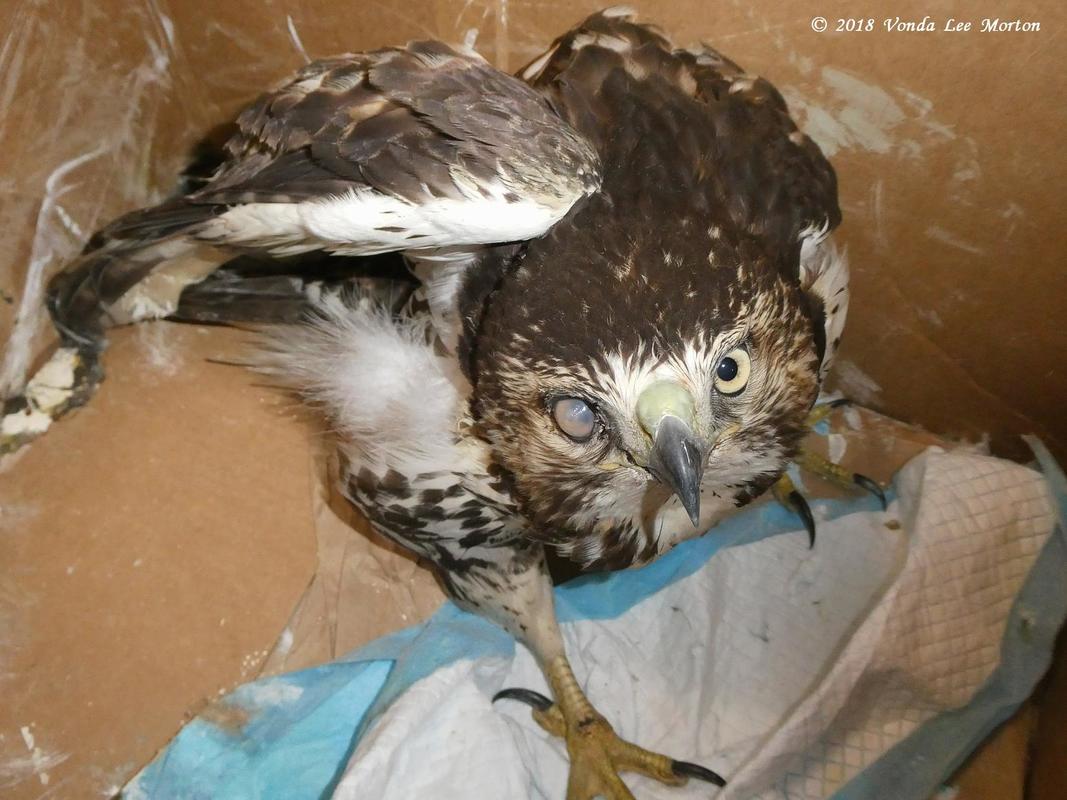
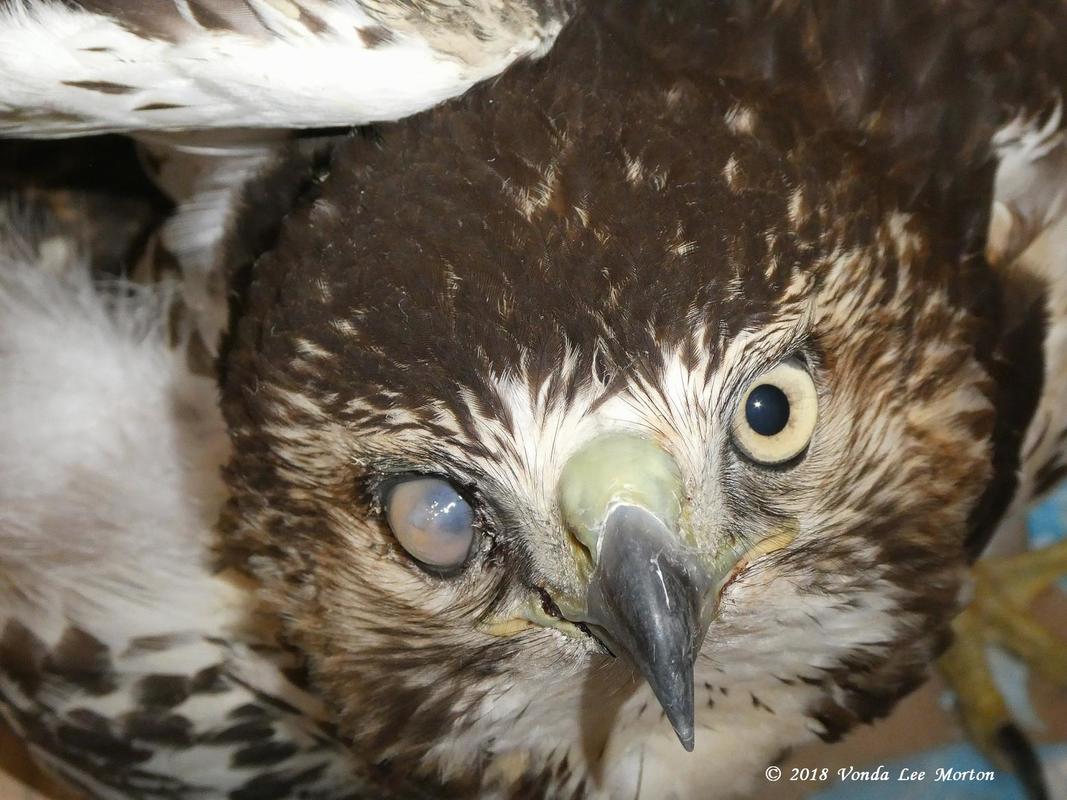
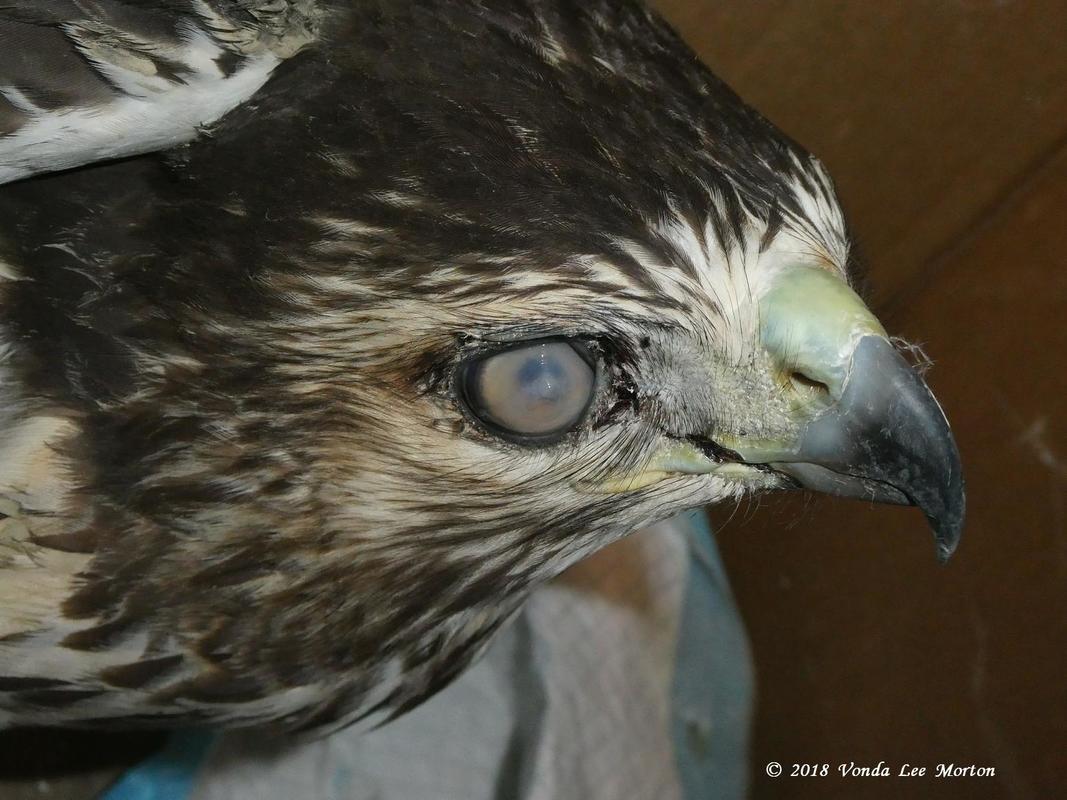
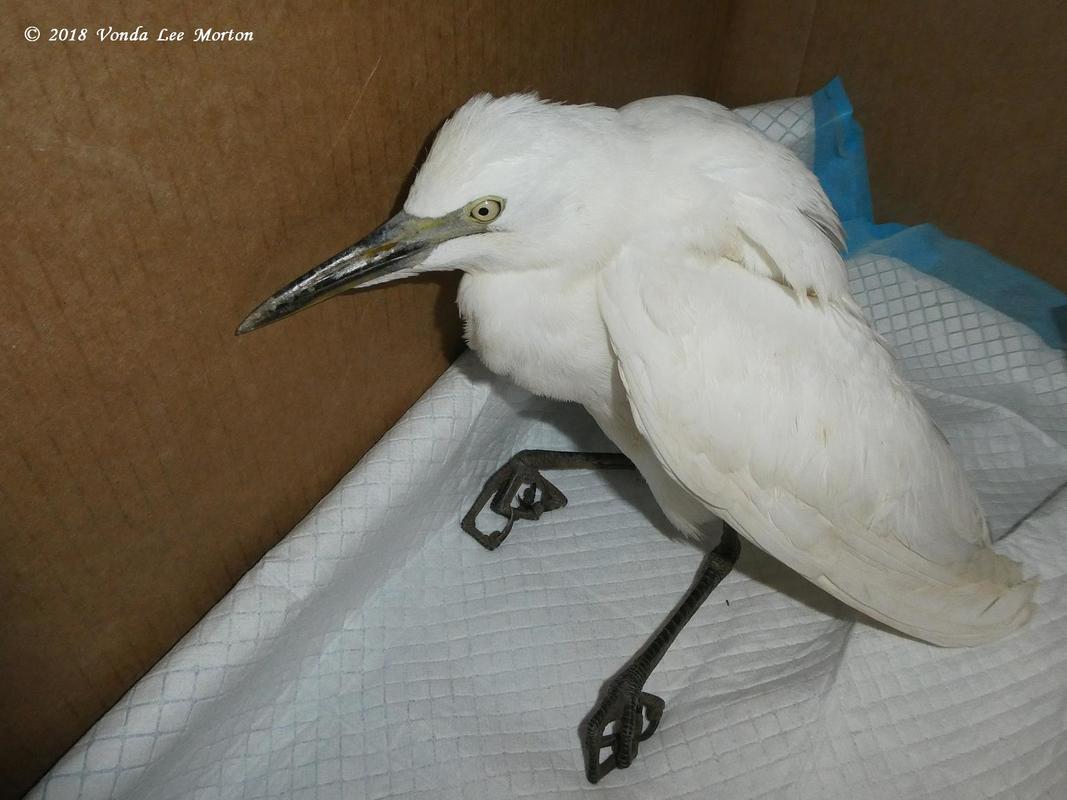
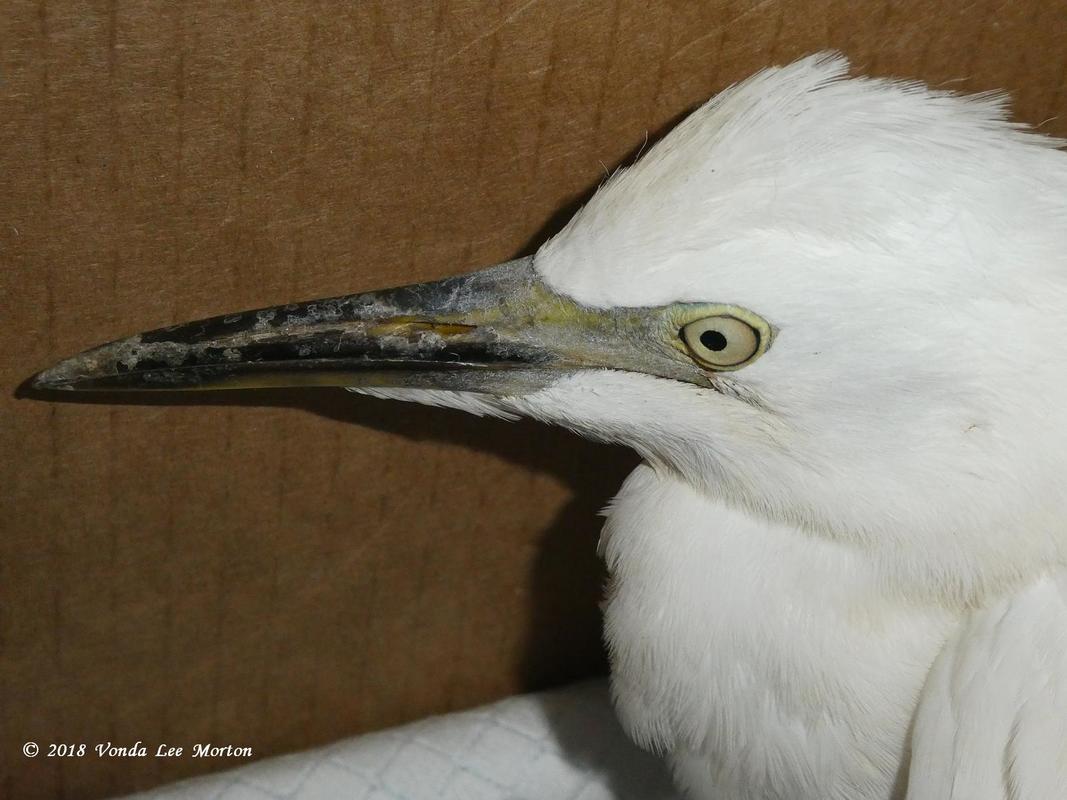
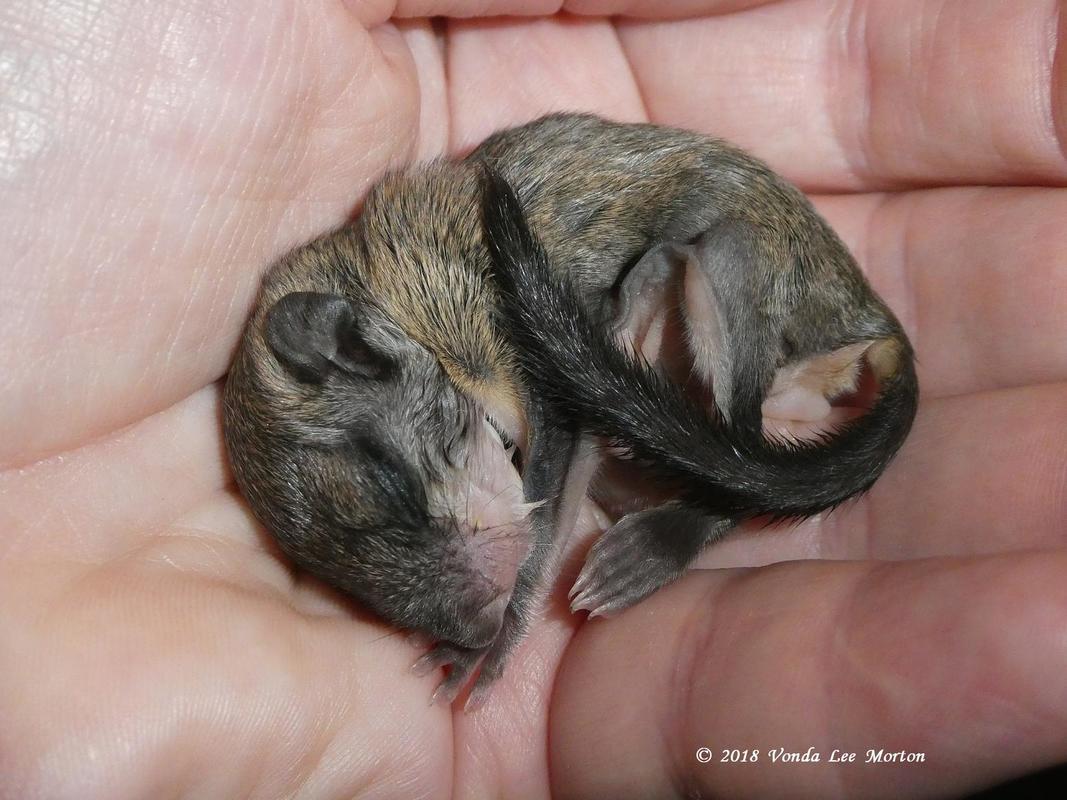
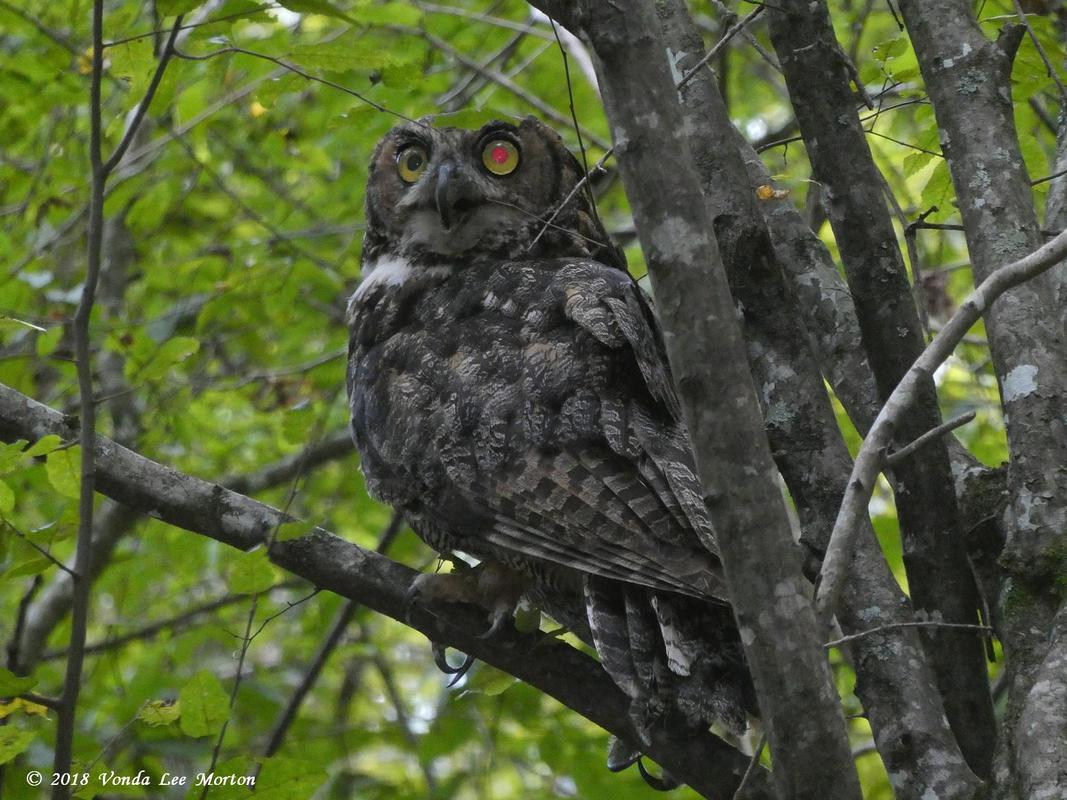
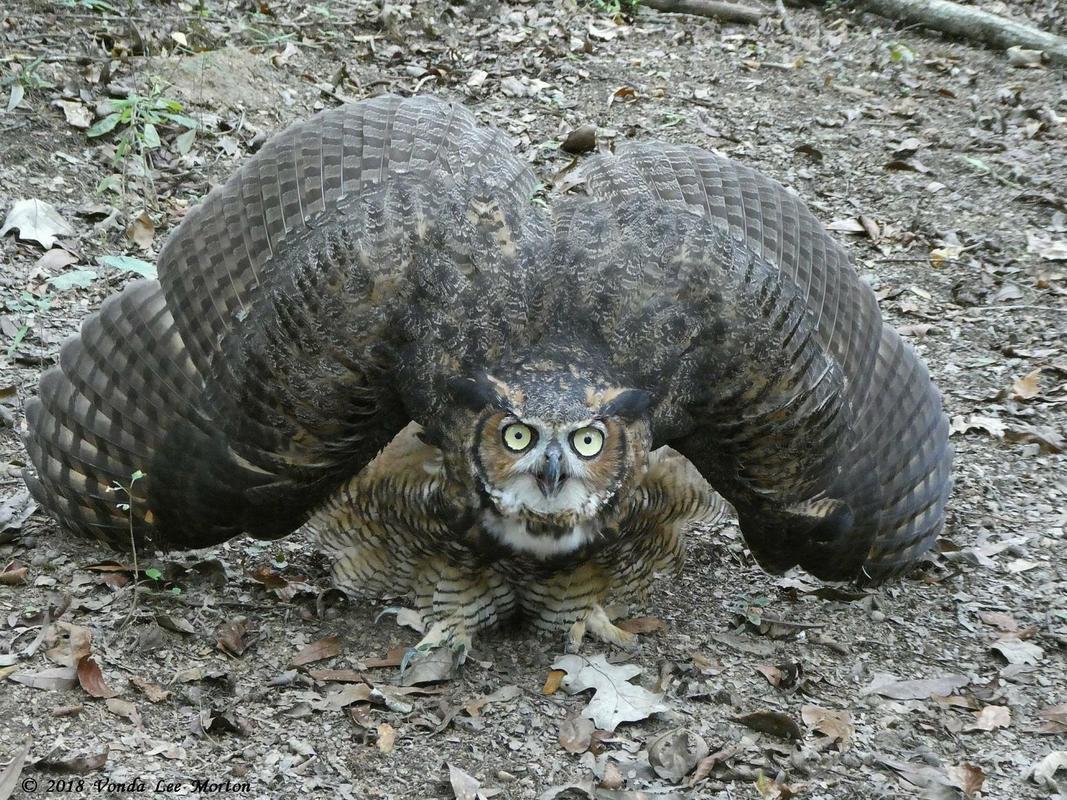
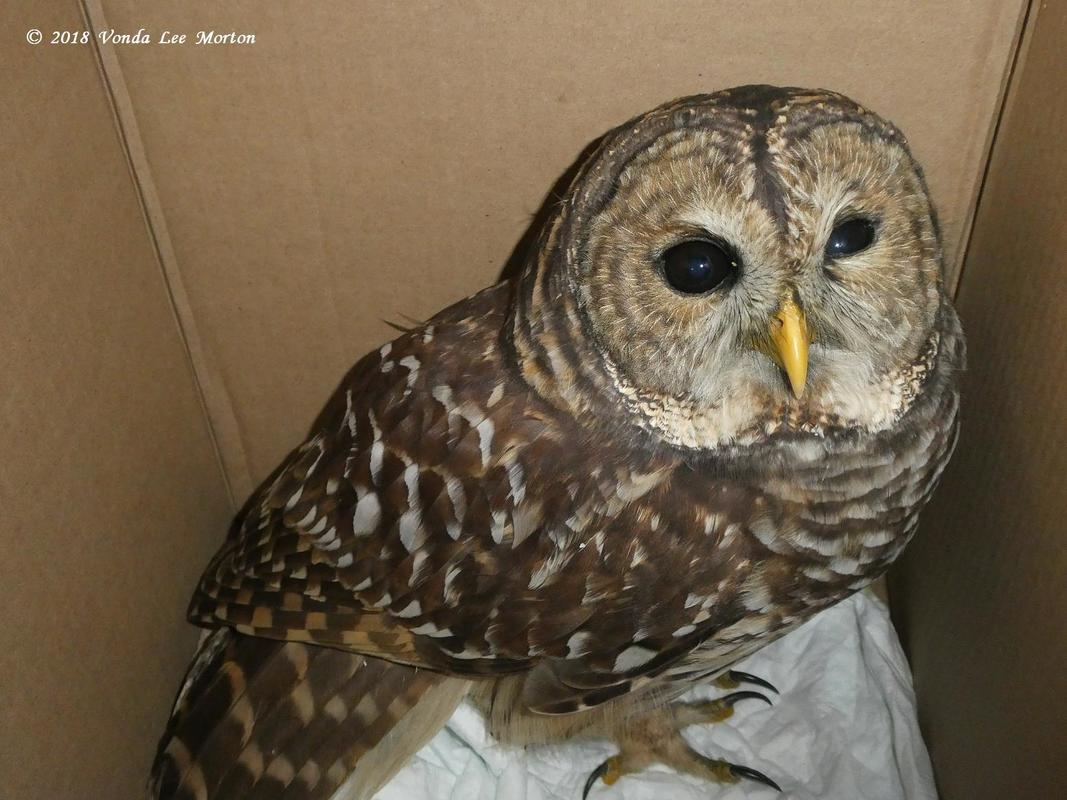
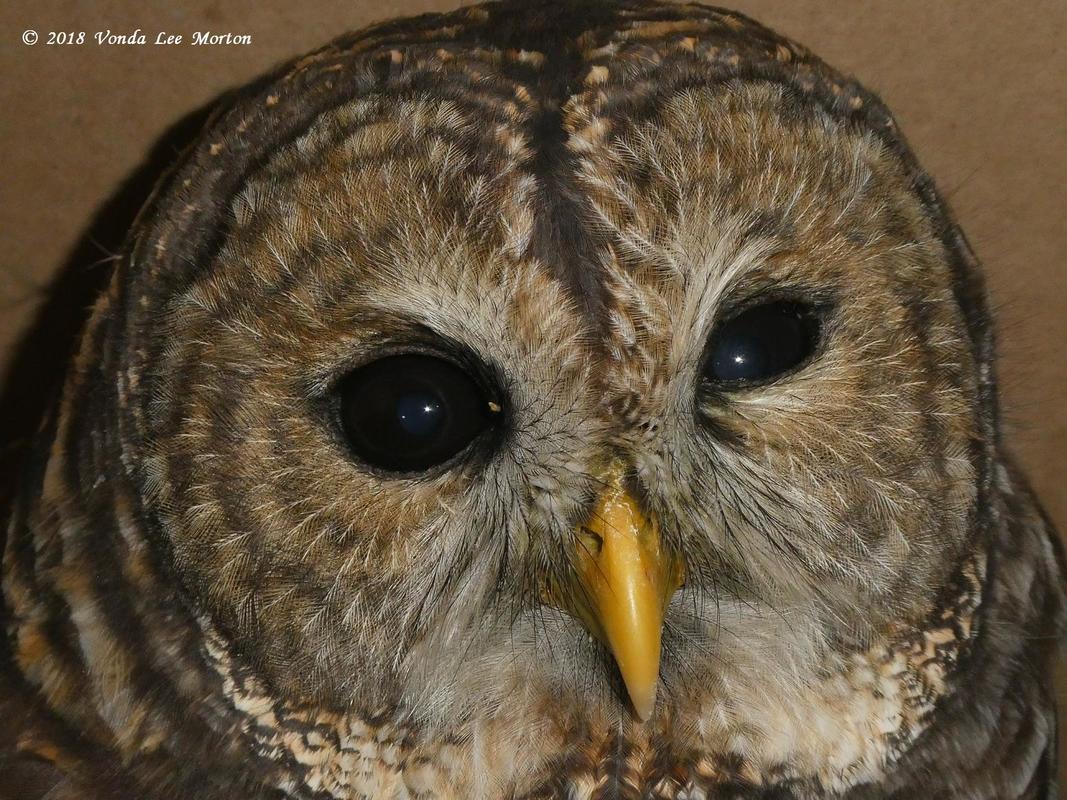
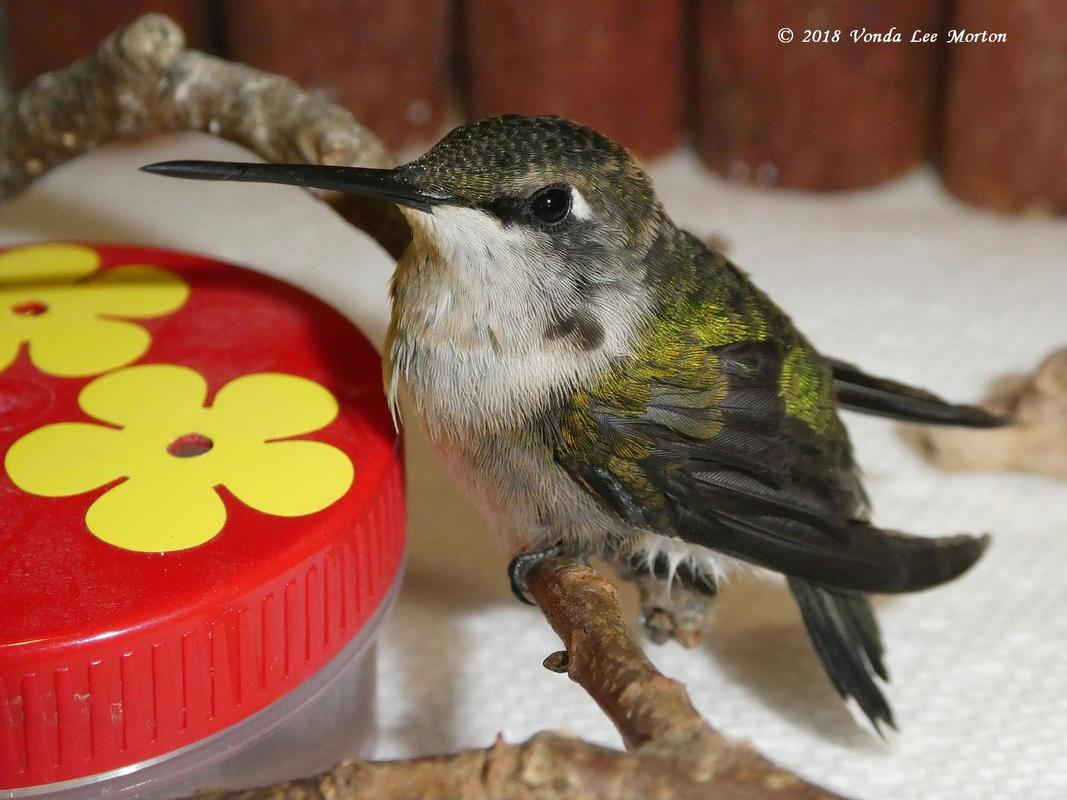
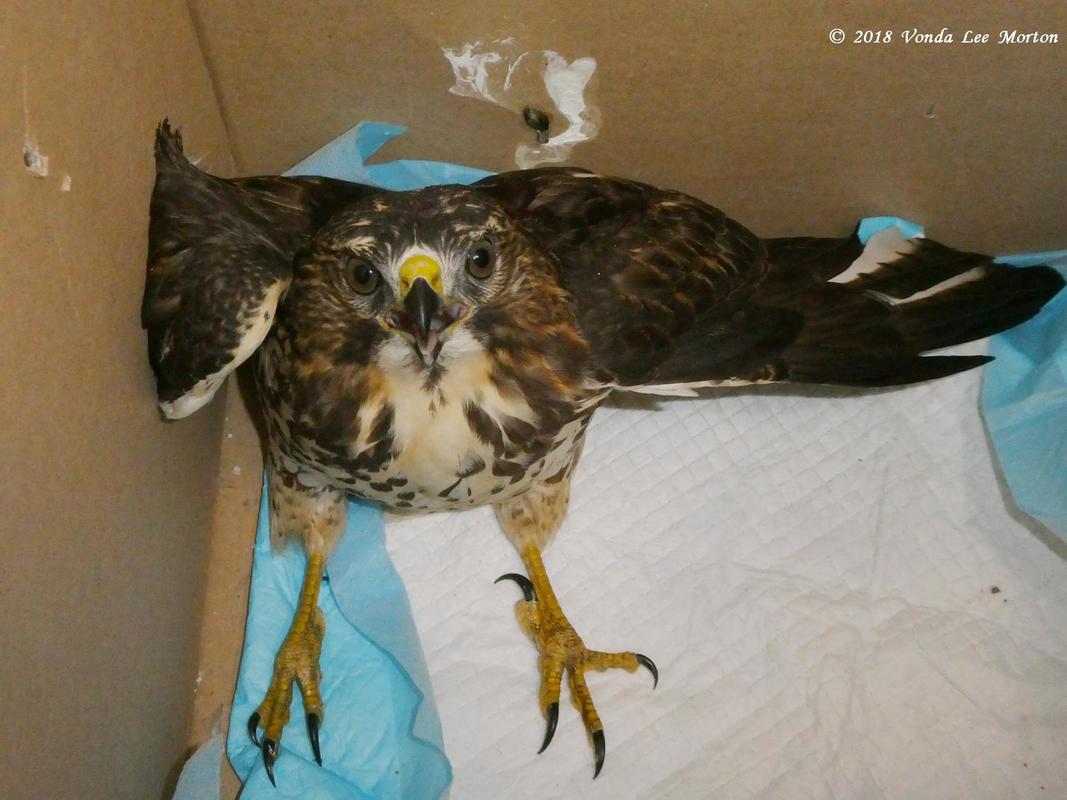
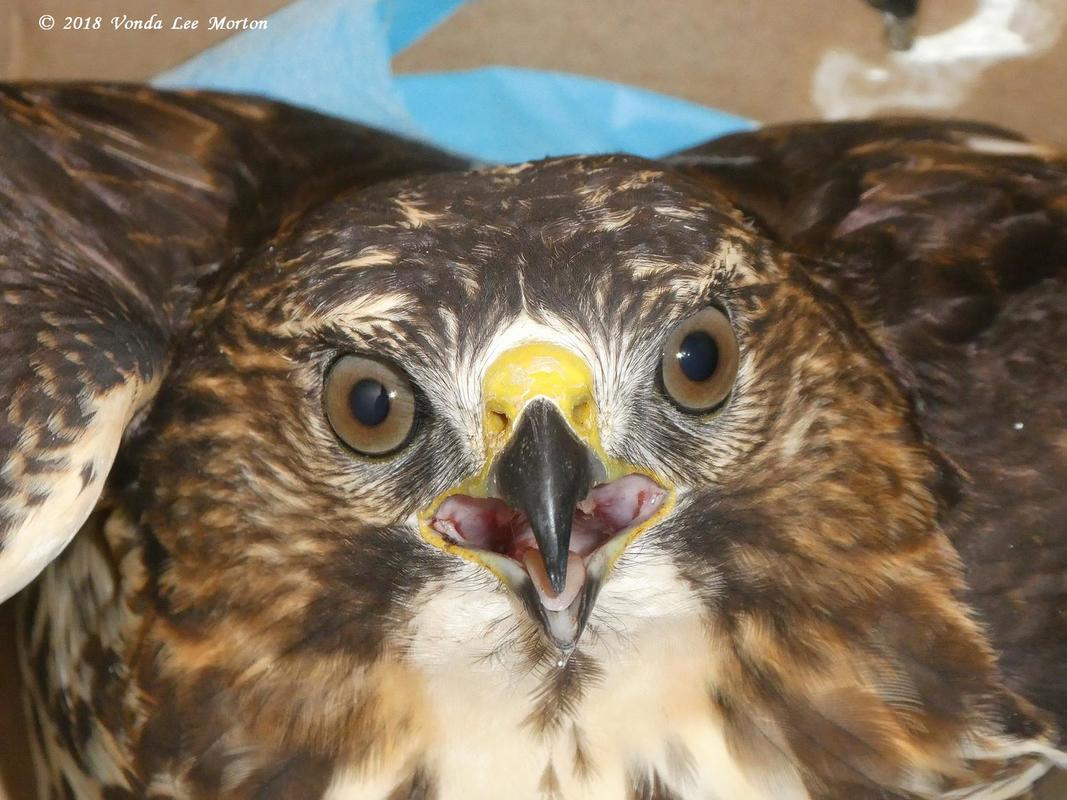
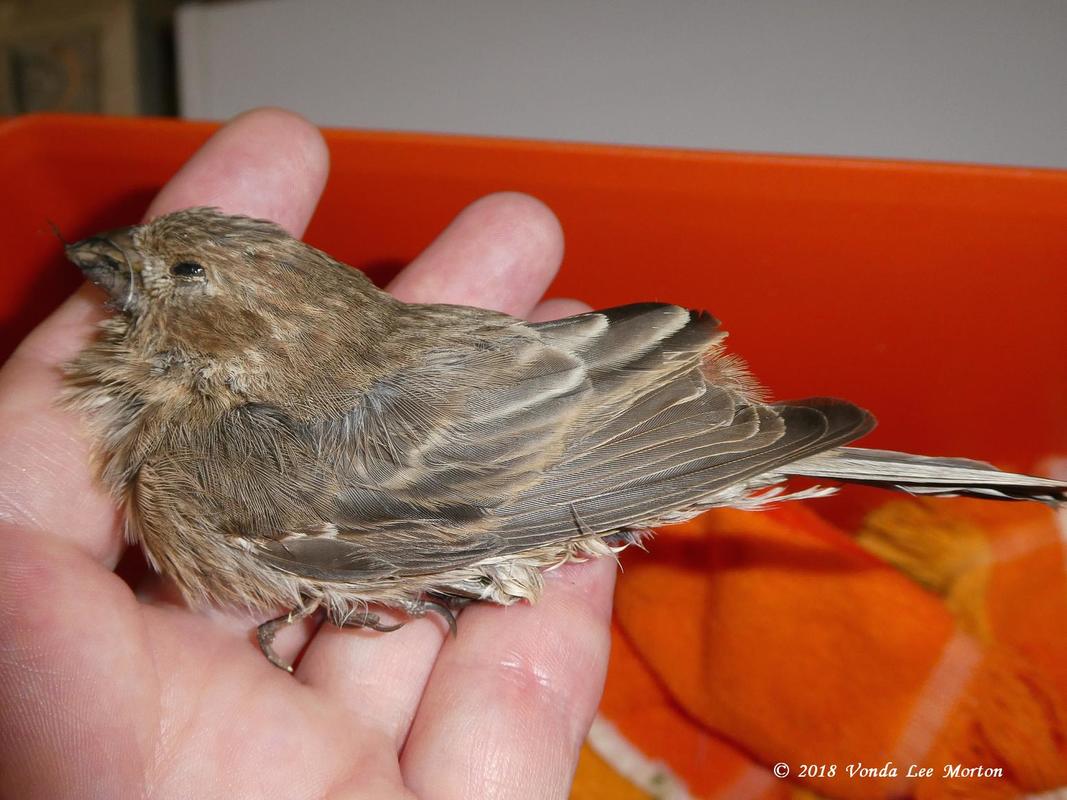
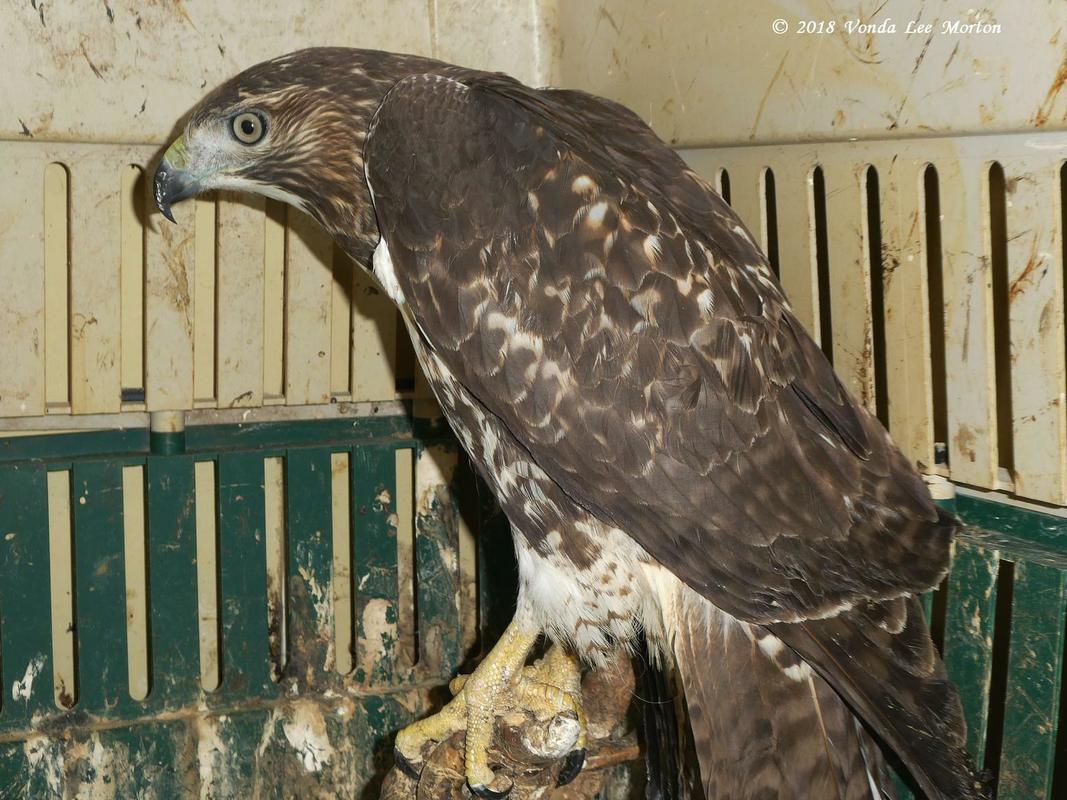
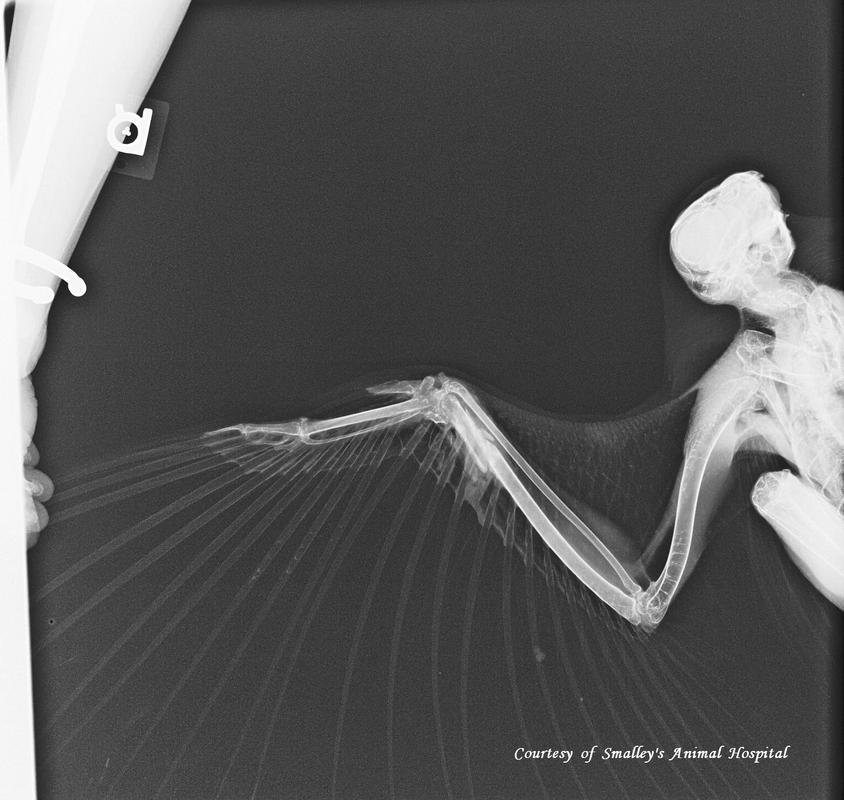
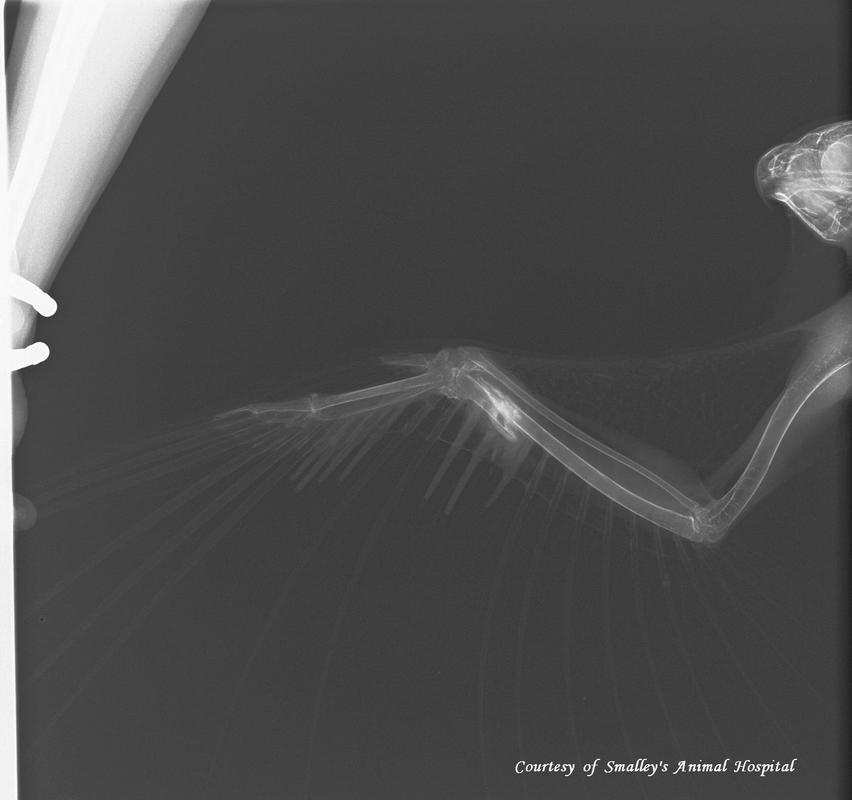
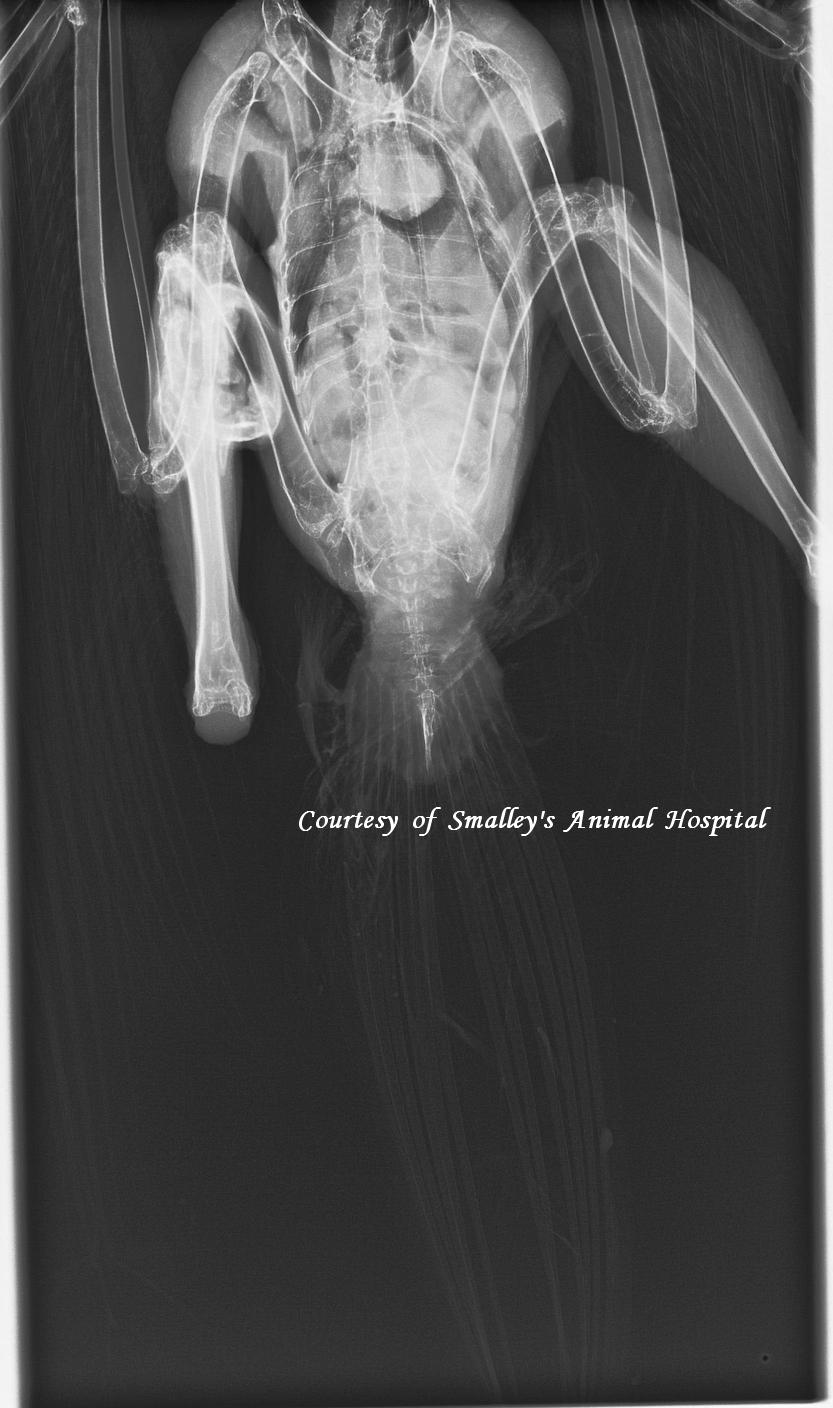
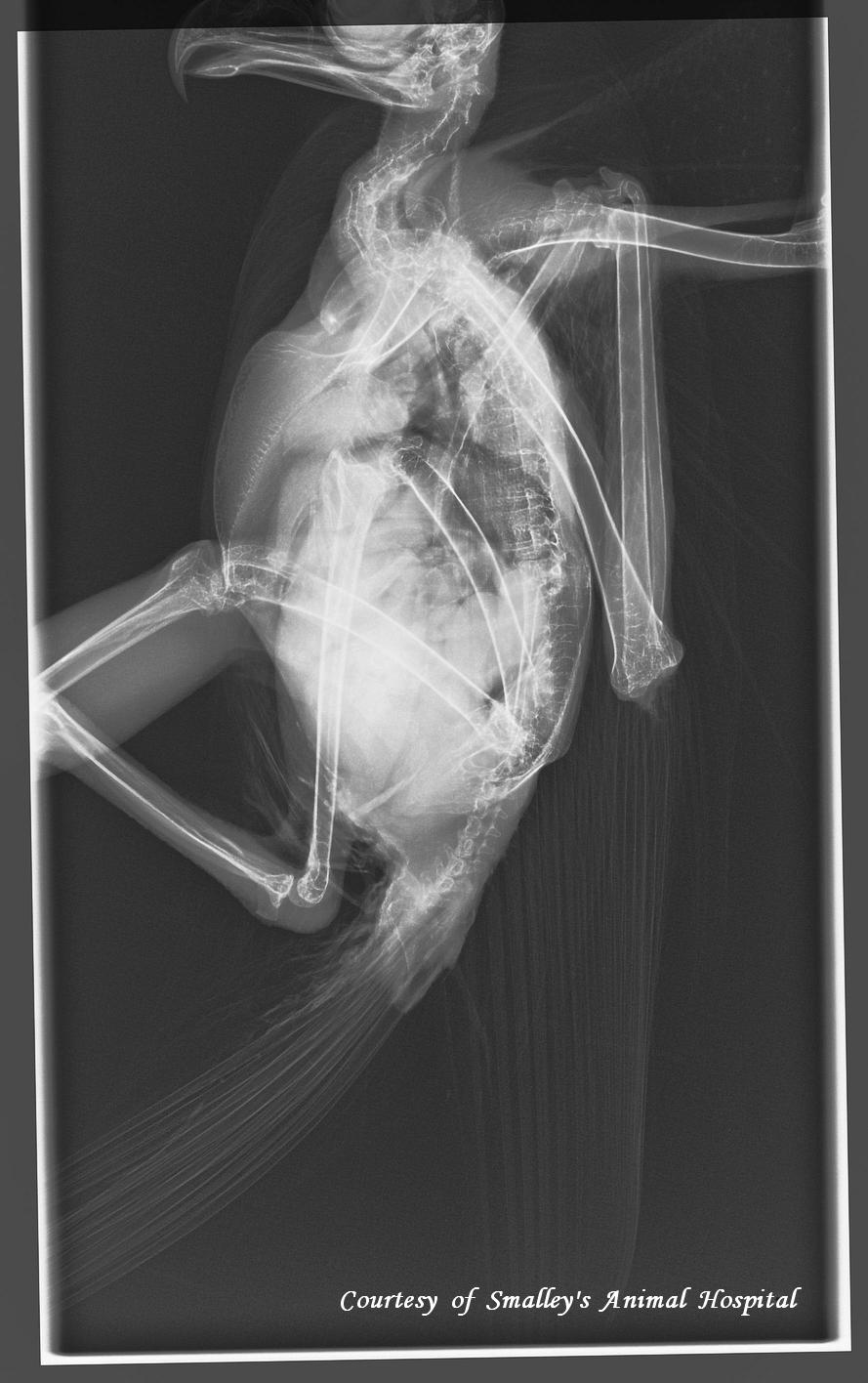
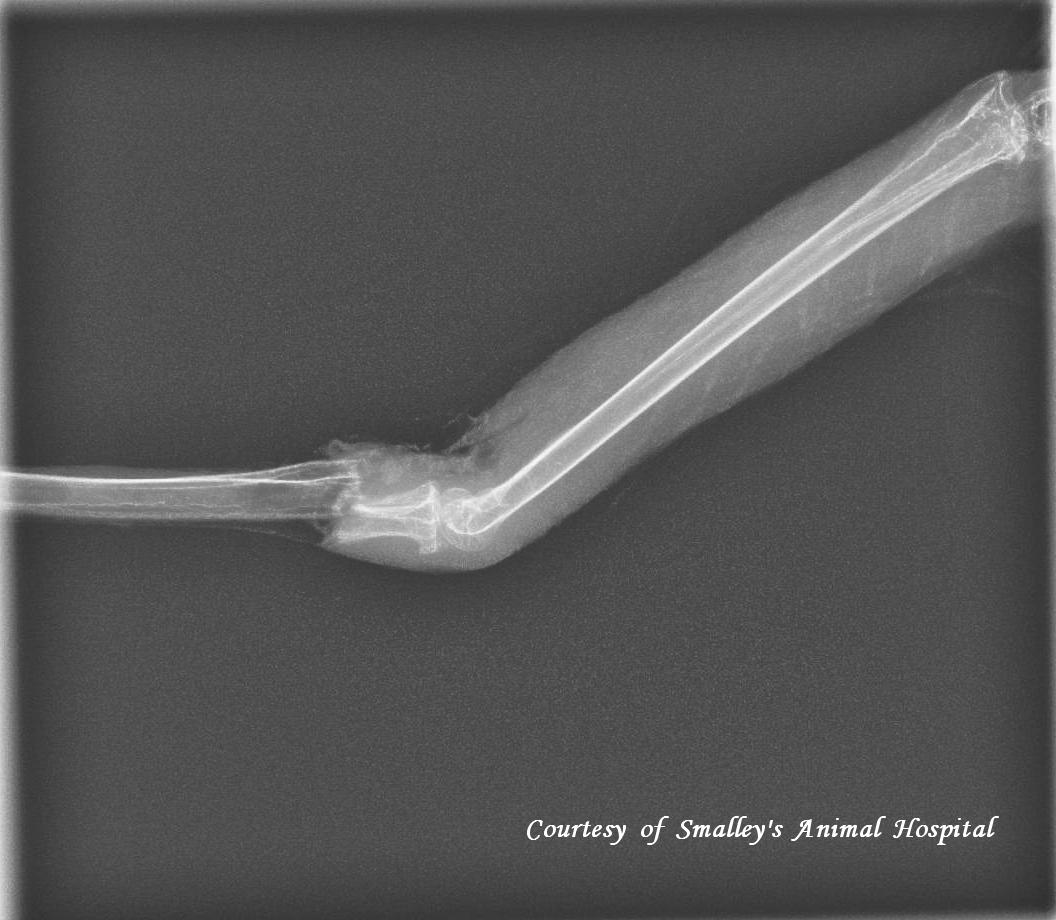
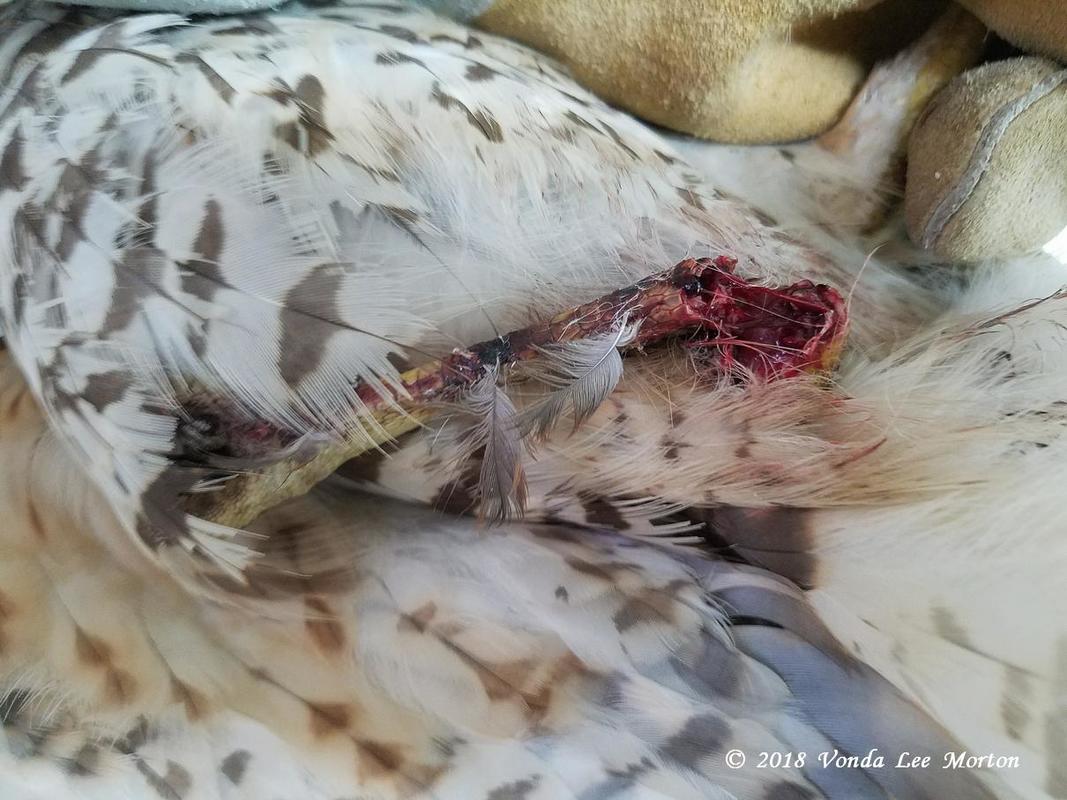
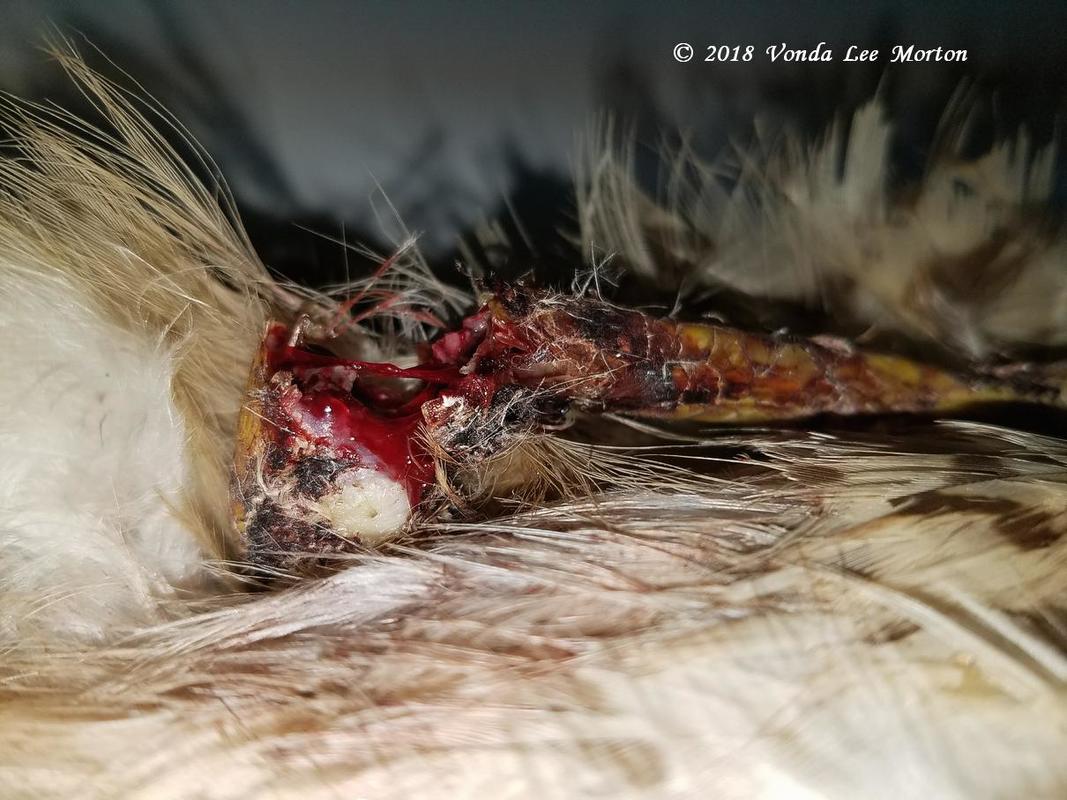
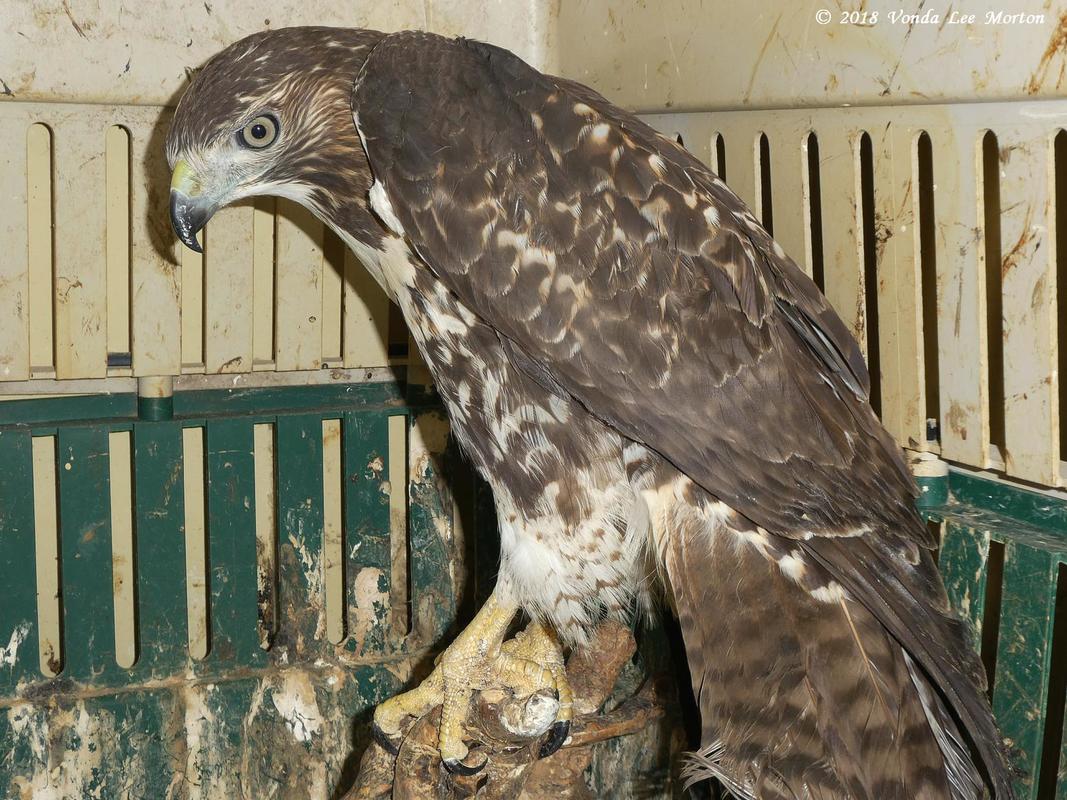
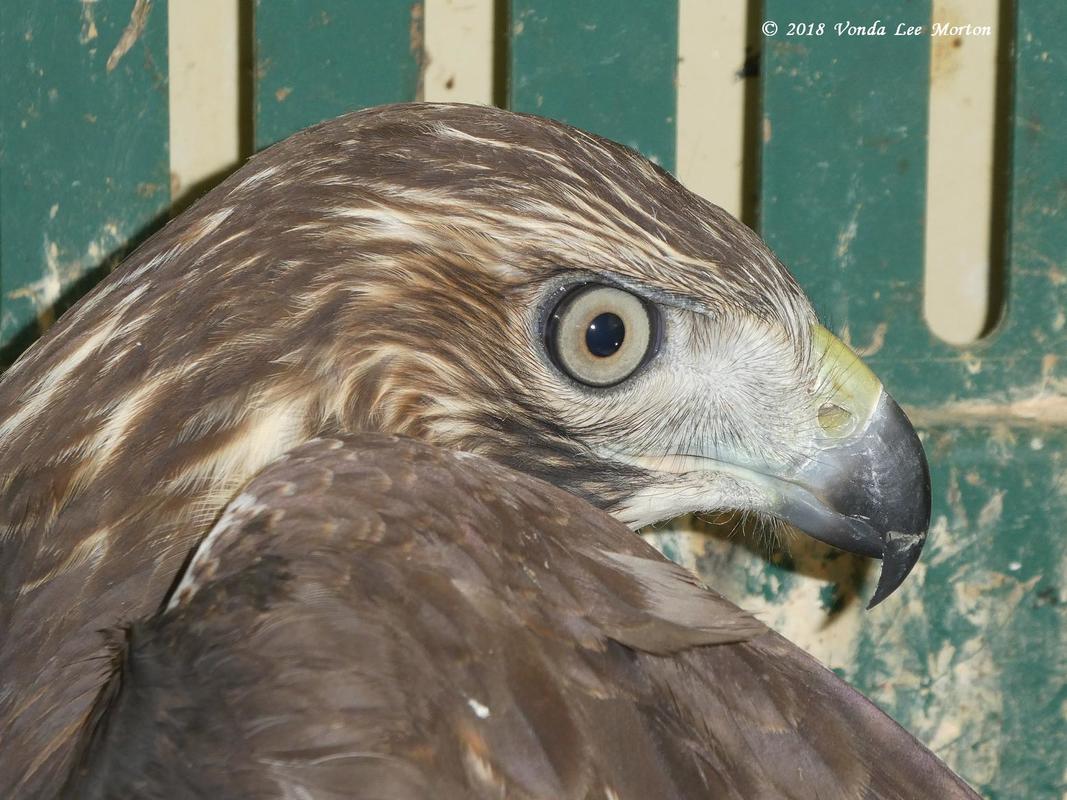
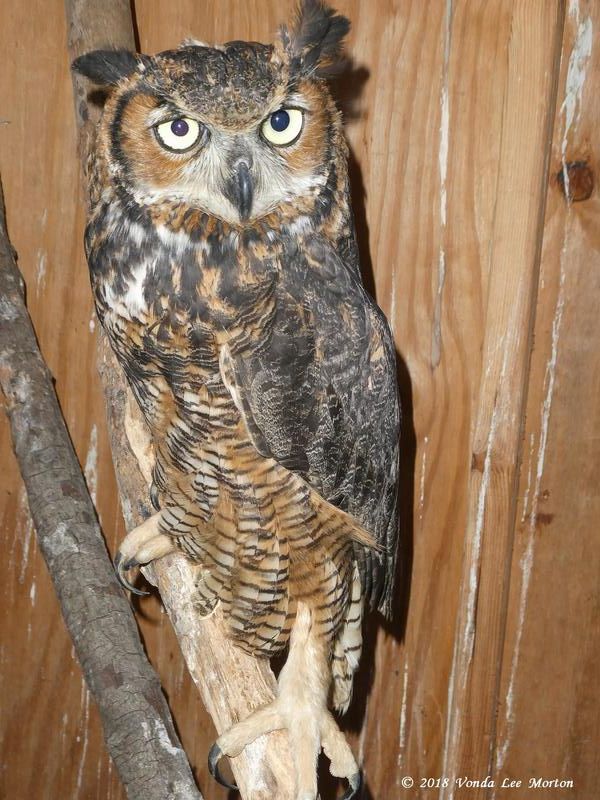
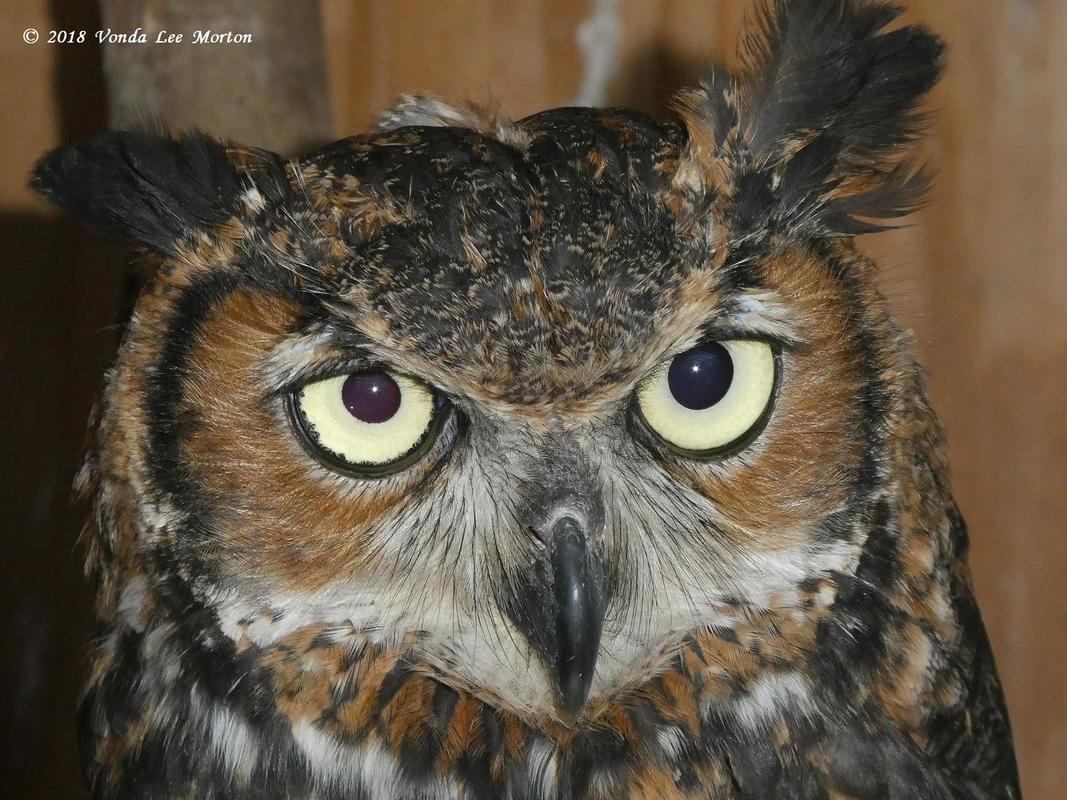
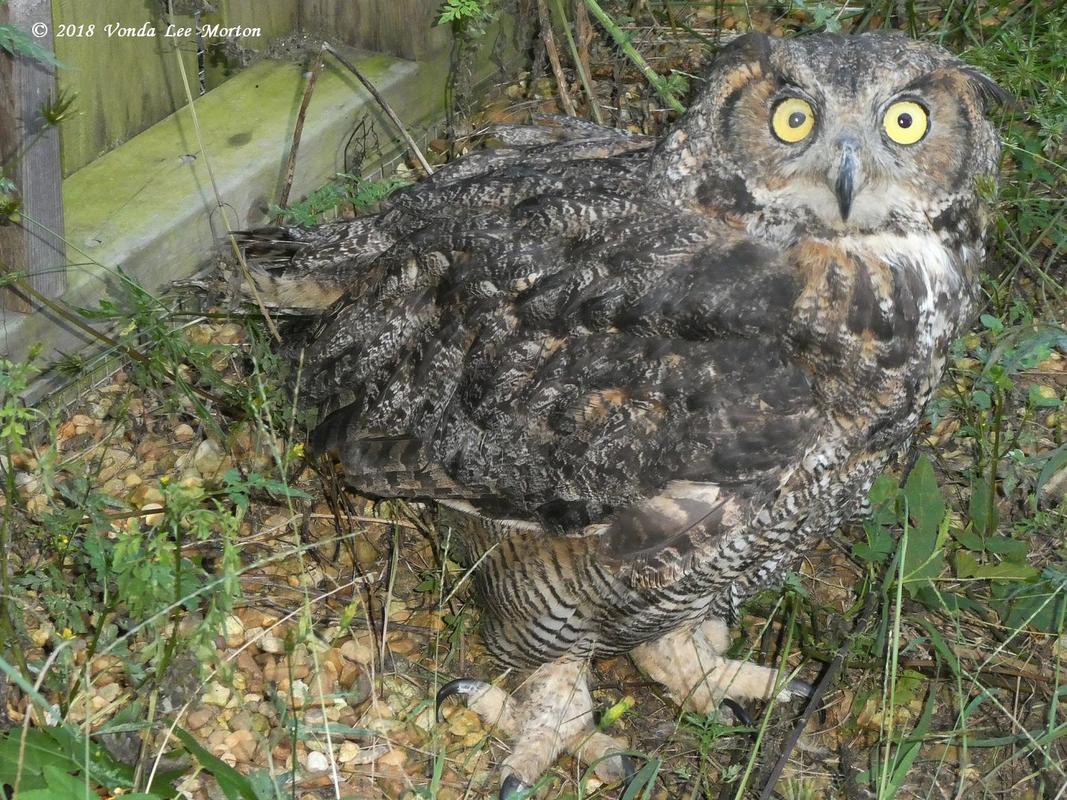
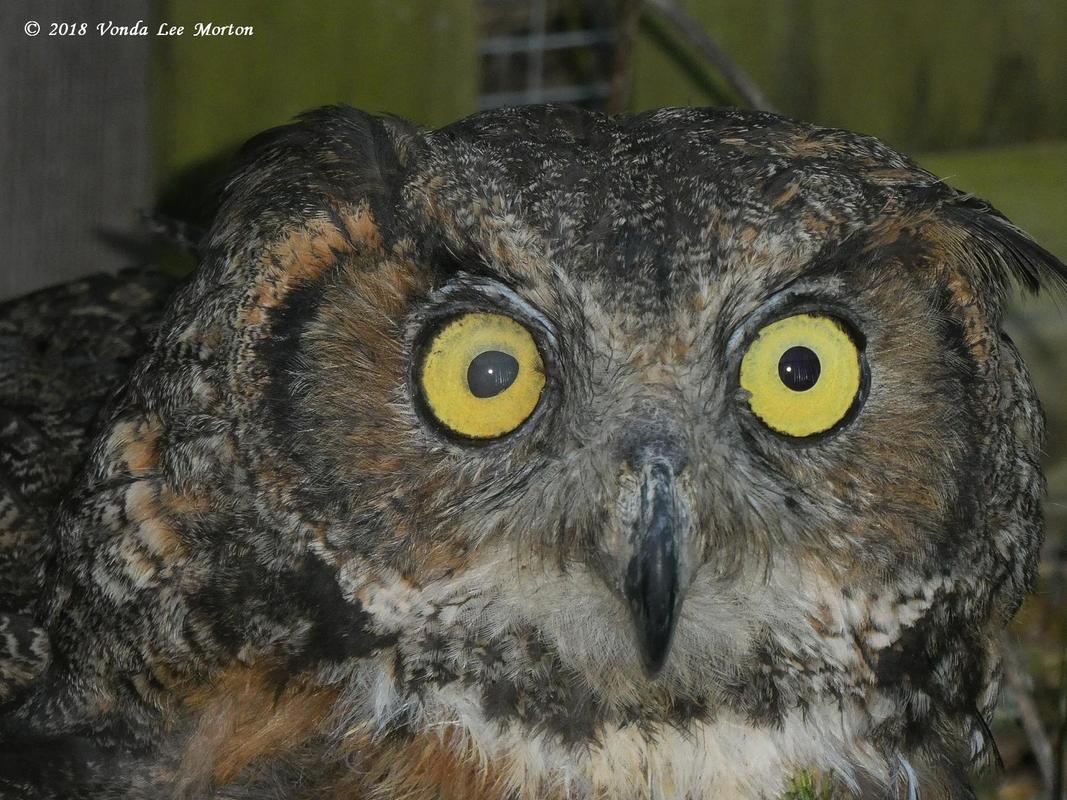
 RSS Feed
RSS Feed
